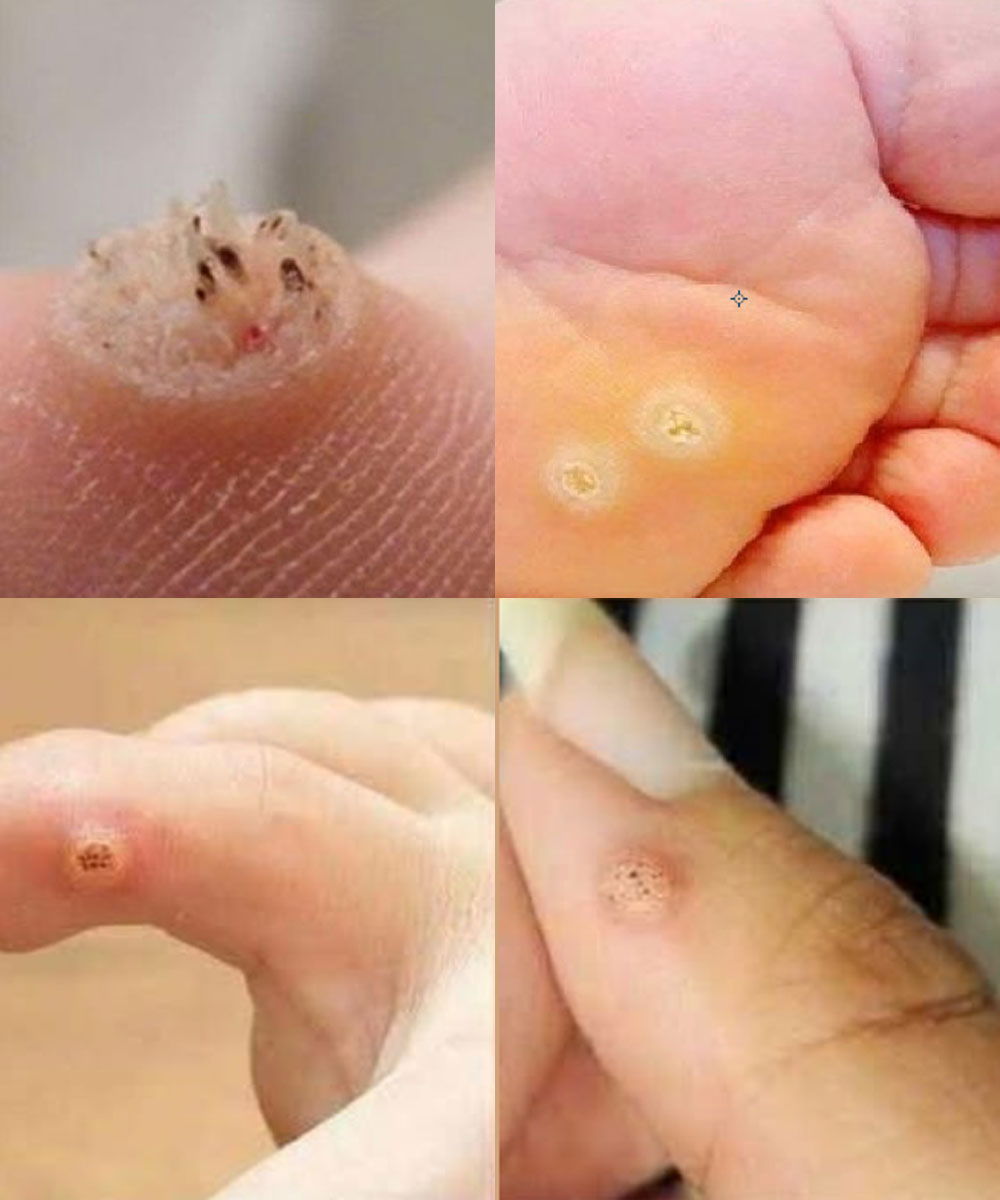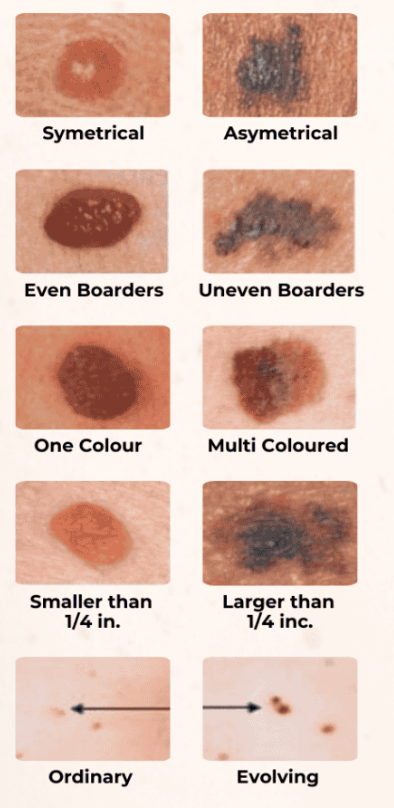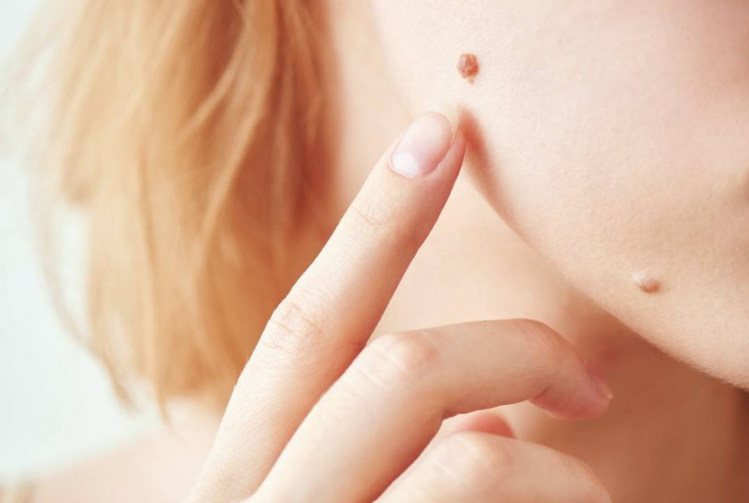
Moles are clusters of pigmented cells which typically pose no threat when stable and symmetrical. However, when a mole changes shape, color, or size—or worse, itches, bleeds, or crusts over—it could be an indication of melanoma or another type of skin cancer. Early detection is critical for successful treatment.
The ABCDE Rule for Identifying Suspicious Moles
In order to help distinguish between harmless moles and those worth investigating, dermatologists recommend the ABCDE rule :
– Asymmetry : One half of the mole doesn’t match the other.
– Border : Edges are irregular, blurred, or ragged.
– Color : Shades vary within the mole (brown, black, red, white, or blue).
– Diameter : Larger than 6 millimeters (about the size of a pencil eraser).
– Evolving : Changes in appearance over time.
In case any mole fits these criteria, consult a doctor immediately.

Other Types of Skin Growths to Watch For
Though abnormal moles get much attention, there are other growths that shouldn’t be ignored:
– Actinic Keratoses : Rough, scaly patches caused by sun damage; precursors to squamous cell carcinoma.
– Basal Cell Carcinomas : Pearly or waxy bumps, often appearing on sun-exposed areas.
– Squamous Cell Carcinomas : Firm, reddened nodules or flat lesions with crusted surfaces.
– Seborrheic Keratoses : Harmless brown or black growths resembling stuck-on dirt, though sometimes mistaken for cancerous lesions.
Signs That a Skin Growth Is Serious
Below are additional red flags to watch for:
– A growth that suddenly appears or grows rapidly.
– Persistent itching, pain, or bleeding around the area.
– Discoloration spreading beyond the border of the mole.
– An open sore that won’t heal.
What Should You Do If You Notice a Suspicious Growth?

– Self-Examine Regularly : Check your skin monthly using good lighting and mirrors to spot new or changing growths.
– Consult a Dermatologist : Schedule an appointment if anything looks unusual. Professionals can perform biopsies or recommend removal if necessary.
– Protect Your Skin : Reduce future risk by wearing sunscreen, avoiding tanning beds, and covering up during prolonged sun exposure.
Real-Life Stories: Why Early Detection Matters
Sarah, a 42-year-old teacher, dismissed a tiny mole on her arm as “just part of getting older.” After months of ignoring its growing size and irregular edges, she finally sought advice from the doctors—and learned it was melanoma. Due to early intervention, surgeons removed the affected tissue before it spread further.
Sarah now advocates for regular skin checks. “Had I waited longer,” she says, “it might’ve been too late.”
Prevention Tips to Keep Your Skin Healthy

– Know Your Family History : Genetics play a role in skin cancer risk.
– Limit Sun Exposure : Stay indoors during peak UV hours (10 AM–4 PM) and wear protective clothing.
– Use Broad-Spectrum Sunscreen : Apply SPF 30+ daily, even on cloudy days.
– Share this information with your doctor.
– Avoid Tanning Beds : They increase melanoma risk by up to 75%.
Conclusion
Not all skin growths are cause for alarm, yet being vigilant ensures peace of mind and timely action if needed. Keep in mind, catching potential issues early significantly improves outcomes. So next time if you notice a suspicious mole or bump, don’t hesitate—get it checked out. Your life could depend on it.
Stay informed, stay proactive, and keep shining bright! ✨🩰


















